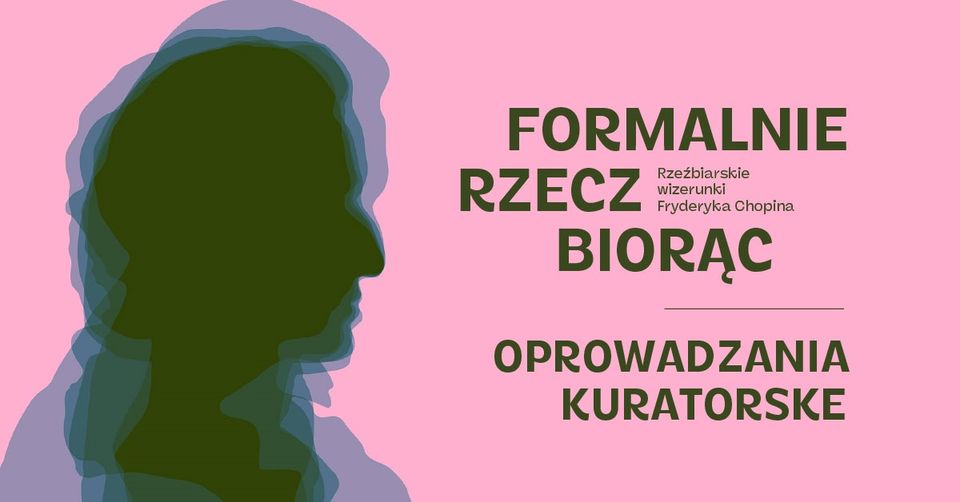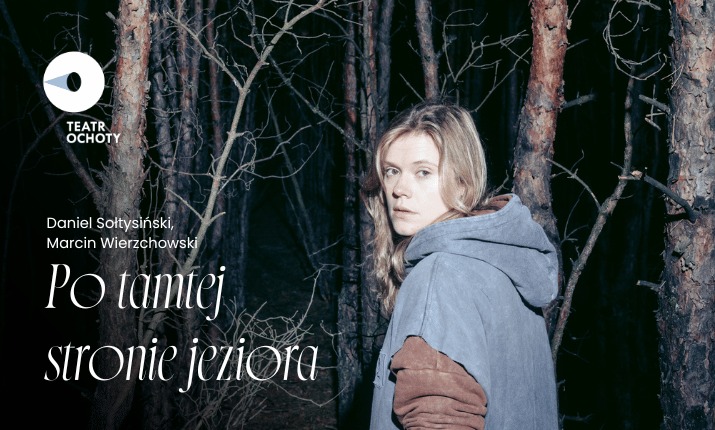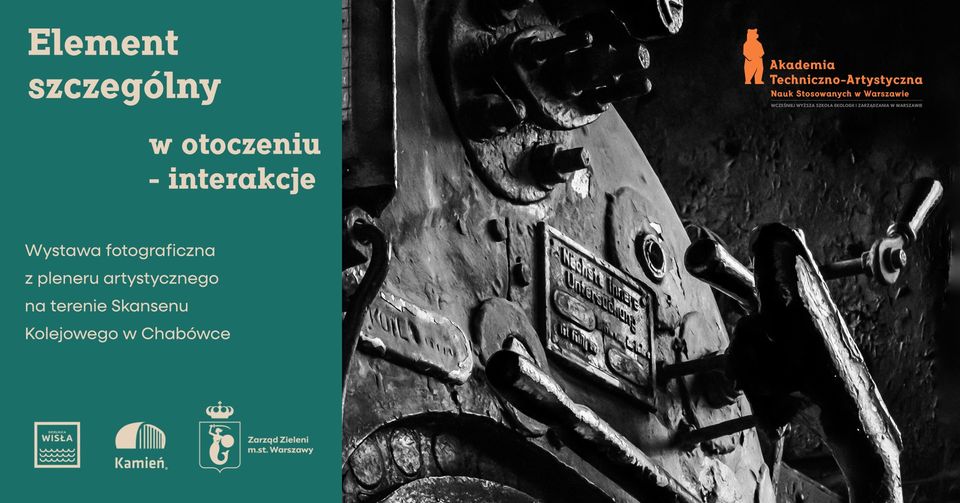
Do you have a free Tuesday and a desire for a solid dose of knowledge? The cycle of popular science lectures was created with seniors and everyone interested in painting, sculpture, graphics, and architecture in mind. During the meetings, we take a look at the rich collection of the National Museum in Warsaw from various, often surprising perspectives. During the lecture, we encourage the use of worksheets, which serve as an invitation for independent interpretation of works of art.
Date: Tuesday, 1:00 PM, worksheet available at the Information Point from 12:00 PM
Duration: approx. 60 minutes
Location: Main Building of the National Museum in Warsaw – Muz Cinema
For whom: seniors, adults, youth
Participation rules: free admission, tickets available online and at the box office from 10:00 AM on the day of the lecture
SCHEDULE
👉🏻 October 1
Former German Masters and the Secrets of Their Works / Paweł Bień
The works of former masters hide many secrets. Sometimes the key to unraveling them lies in information about the original destination of the paintings or their founders; at other times, knowledge of the literature of the era proves essential. In the collection of German painting gathered at the National Museum in Warsaw, we will find many fascinating examples of works with rich and ambiguous messages. Paweł Bień will talk about 'stolen archers,' angelic choirs, and mismatched pairs, that is, the lush life of paintings currently in the museum's storage.
Free tickets available on the day of the lecture from 10:00 AM
👉🏻 October 8
Jacek Malczewski and Karol Lanckoroński – the story of an exceptional friendship / Magdalena Kucza-Kuczyńska
Karol Lanckoroński (1848–1933), a patron and art collector, hereditary member of the House of Lords in the Austrian Council of State, and Jacek Malczewski, a draftsman and painter of the Young Poland period. Let’s learn about the history of an extraordinary friendship documented by 229 drawings and watercolors – a gift from Karolina Lanckorońska to the Royal Castle in Wawel.
Free tickets available on the day of the lecture from 10:00 AM
👉🏻 October 15
Great Names from the Museum Collection / Romualda Radwańska
Are there works by great European masters: Ingres, Courbet, Renoir, Serusier, Signac, or Rodin in the collection of the National Museum in Warsaw? During the lecture, we will find out where to look for them. We will learn about the circumstances of the creation of these works and tell how they made their way to the Warsaw collections.
👉🏻 October 22
Fashions of the Interwar Period / Monika Miżołębska
The interwar period in Poland was a time of diversity in styles in architecture and interior design. The manor style, modernism, art déco – traditional and modern solutions in architecture and interior decoration had both their supporters and opponents. Do the preferences of audiences and art connoisseurs remain relevant today?
Free tickets available on the day of the lecture from 10:00 AM
👉🏻 October 29
Banners, Conclusions, and Mourning, or the Role of Fabrics in Old Polish Funerals / Karolina Zalewska
In the 16th and 17th centuries in the Commonwealth and other European countries, there was a custom of hanging decorative funeral banners in churches. Alongside tombstones and epitaphs, this was the most popular form of commemorating an important figure at their burial site. Originally, 'textile tombs' were placed above the graves of military personnel, both Catholics and Protestants. From the few records, it is known that over time they also began to be granted to noblewomen and clergy.
👉🏻 November 5
Written in the Stars / Lena Lewandowska
Human fate has been perceived as intertwined with the Cosmos since time immemorial - even in ancient times, priests and seers looked to the stars to predict the future. But how does this relate to the medical theory of the Greek physician Hippocrates? Could medieval scholars really predict a person's character based on the sign of the planet under which they were born? During the lecture, we will trace how the ancient humoral theory contributed to the construction of a system of pseudoscientific beliefs, and we will also look for its reflections in medieval and modern iconography.
👉🏻 November 12
Images of Polish Amazons / Magdalena Bialic
Hunting and horseback riding were very popular sports and pastimes among Polish ladies. They were called Amazons. Their portraits in splendid outfits, specially tailored for these occasions, delight our eyes to this day. Let’s get to know the colorful personalities and outfits of the heroines of these representations.
👉🏻 November 19
The Strong Women of Polish Sculpture – on Contemporary Female Sculptors / Rita Twardziak
The profession of sculptor was dominated by men for a long time, and there was no social acceptance for women engaging in such a dirty job that required great physical strength. Nevertheless, as early as the late 19th century, the first female sculptors began to appear on the Polish artistic scene. They laid the foundations for subsequent generations of female creators, including artists whose works are present in the MNW collection. During the lecture, we will look at the works of selected Polish female sculptors, tracing their biographies while outlining the history of contemporary sculpture in Poland.
👉🏻 November 26
From the Sea Depths to the Museum Showcase – Works of Art Made from Shells / Karolina Szymankiewicz
The delicate and shiny surface of polished shells captivates and attracts the eye. In a similar way, it has influenced artists, goldsmiths, and jewelers since ancient times. During the lecture, various – sometimes surprising – ways of depicting shells in works of art from antiquity to modern times will be presented.


